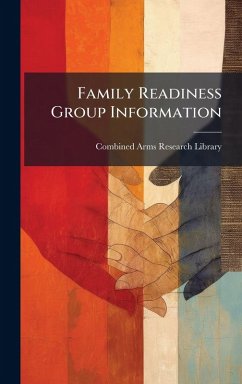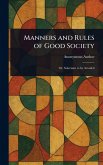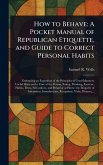The Family Readiness Group (FRG) provides an avenue of mutual support and assistance and a network of communication among family members, the chain of command, and community resources. The primary purpose of any FRG is to encourage self-sufficiency among its members by providing information, referral assistance, and mutual support. Key Lessons * The FRG encourages self-sufficiency among its members. * The FRG achieves family readiness by providing emotional support and activities that build a cohesive team. * The FRG and the Rear Detachment (Rear D) provide the primary support to family members during a unit's deployment. Family readiness initiatives are designed to assist Army families during periods of deployment or emergency and provide a means of information flow between the military (Rear D) and family members. During periods of non-deployment, FRG activities are directed at developing a sense of community among families in partnership with their unit. Knowing family members will have the collective support of unit FRGs and the Rear D command group allows Soldiers and leaders to focus on mission requirements. This work has been selected by scholars as being culturally important, and is part of the knowledge base of civilization as we know it. This work was reproduced from the original artifact, and remains as true to the original work as possible. Therefore, you will see the original copyright references, library stamps (as most of these works have been housed in our most important libraries around the world), and other notations in the work. This work is in the public domain in the United States of America, and possibly other nations. Within the United States, you may freely copy and distribute this work, as no entity (individual or corporate) has a copyright on the body of the work. As a reproduction of a historical artifact, this work may contain missing or blurred pages, poor pictures, errant marks, etc. Scholars believe, and we concur, that this work is important enough to be preserved, reproduced, and made generally available to the public. We appreciate your support of the preservation process, and thank you for being an important part of keeping this knowledge alive and relevant.
Bitte wählen Sie Ihr Anliegen aus.
Rechnungen
Retourenschein anfordern
Bestellstatus
Storno








